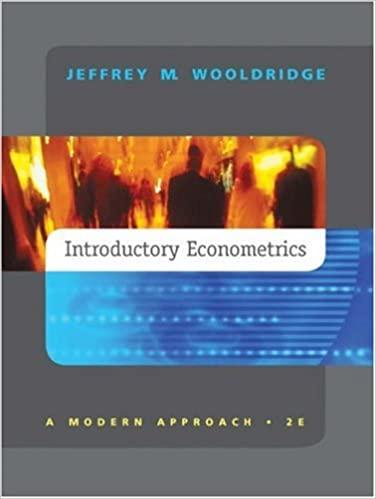Question
Consider the Exclusive Territories model. Let the upstream monopolist set sales territories for each of the retailers such that the market is split evenly between
Consider the Exclusive Territories model.
Let the upstream monopolist set sales territories for each of the retailers such that the market is split evenly between the two. Hence for R^L, the available consumers are those in the interval [0, 1/2]. We will just consider R^L (by symmetry, R^R will look exactly the same).
The value to a consumer of consumption is V + F^L + F^R. The price is P^L. Recall consumers also have to pay their transport cost. Consumers will purchase as long as their surplus from doing so is non-negative.
- Define t as the consumer that is indifferent between purchasing and not. What is t as a function of V + F^L + F^R and P^L?
- What is the highest price such that t = 12 (i.e. all consumers purchase)? Call this price p^
Given that R^L is a monopolist in her territory, she can set whatever price she likes. Recall that her marginal cost is zero (the upstream firm just sets a lump sum fee equal to d). Also recall that V >2 and >2.
3.Would R^L ever want to set the price greater than p^? explain.
4.Given this, how much profit does RL make if she engages in service? How much if she does not?
5.Would R^L want to engage in service?
6.Is the upstream monopolist better off with exclusive territories? Why?
Step by Step Solution
There are 3 Steps involved in it
Step: 1

Get Instant Access to Expert-Tailored Solutions
See step-by-step solutions with expert insights and AI powered tools for academic success
Step: 2

Step: 3

Ace Your Homework with AI
Get the answers you need in no time with our AI-driven, step-by-step assistance
Get Started


